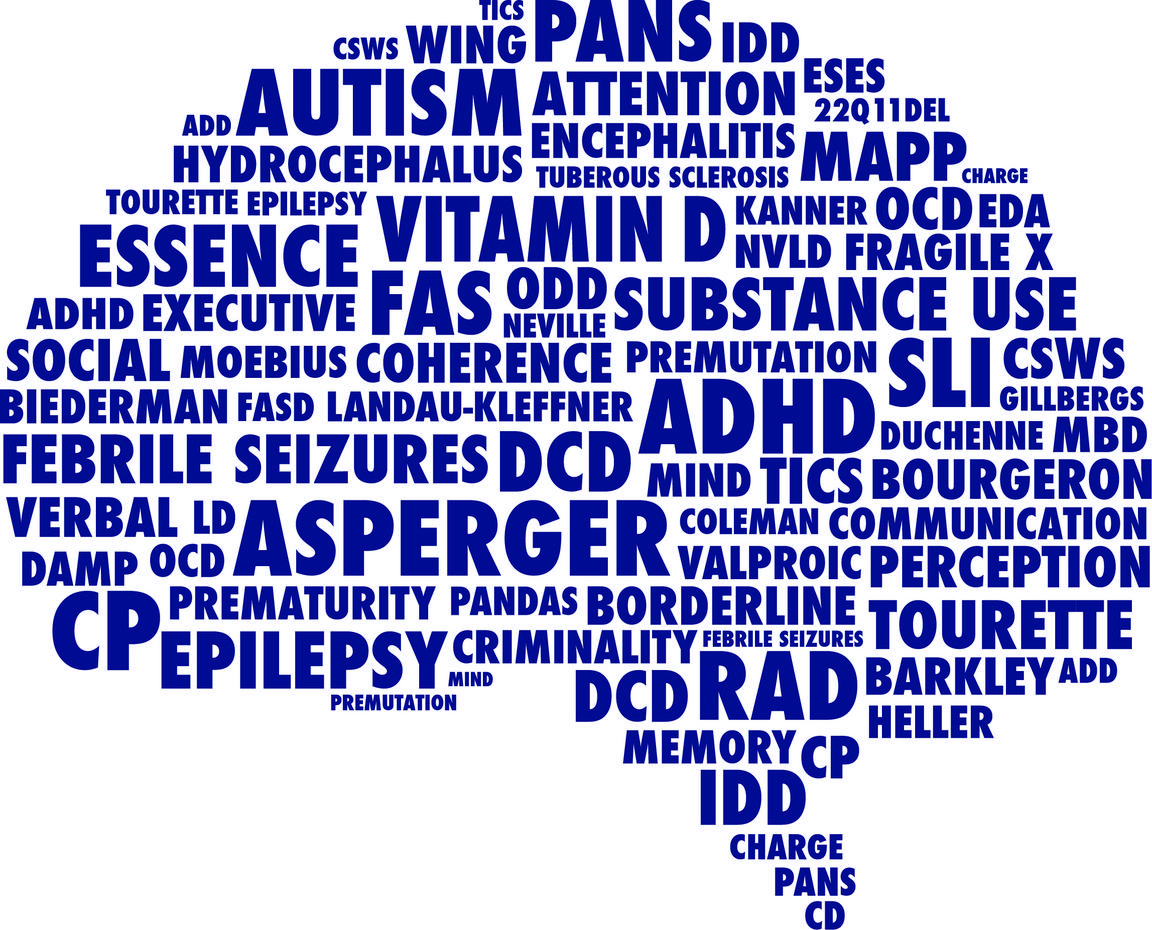
22q11.2 Deletion Syndrome
What is 22q11.2DS? Professor Gillberg gives an overview of this genetic disorder causing developmental, physical, and mental health issues, requiring multidisciplinary care.
[Published 7 April 2025 by Christopher Gillberg]
When I first started working as a senior physician in the 1970s, within what was then called the Board of Health and Welfare (Omsorgsstyrelsen), I met many interesting people, not least among those who were at the time referred to as "mentally retarded" or "developmentally disabled" (today known as individuals with intellectual disabilities/ID). At the so-called Nursing Homes, Stretered and Sagåsen, not far from IKEA Kållered, hundreds of people with ID lived, and it was my responsibility as a senior physician to ensure that they "felt as good as possible." At Sagåsen, children and young people resided, while Stretered housed "adults." My work was primarily based at Sagåsen, where, after a few years, I had come to know almost all the residents.
One day, while I was out walking with one of the nurses working there, we encountered a young man who approached me, averted his gaze, and began to speak slowly in an incredibly nasal voice, which I at first could not understand. His facial expressions were limited. The nurse knew him well and "translated"; she had grown accustomed to his nasal speech and explained it to me. He was so "social and warm" in his attempt to communicate, yet he constantly avoided making eye contact with me. I also noticed that the distance between his eyes was unusually wide. Even back then, I had an interest in syndromes, and I could not help but think that this must be a case of DiGeorge syndrome. I made notes in his medical records, which I revisited a few years later when it was confirmed that DiGeorge syndrome was "located" on the 22nd chromosome (22q11). This discovery led to it being called "CATCH-22" (Cardiac, Anomalous face, Thymus, Cleft palate, Hypocalcemia). That walk marked the beginning of my fascination with everything related to what is now known as 22q11.2DS.
Forty-seven years later, Lena Wallin is defending a comprehensive dissertation on 22q11.2DS here at the Gillberg Neuropsychiatry Centre within our Department of Neuroscience and Physiology. The thesis examines the long-term outcomes of 100 individuals with 22q11.2DS, from childhood and adolescence well into adulthood. It primarily focuses on mental and physical health issues but also explores cognitive development over a period of 15–20 years. And, not least, it addresses the difficulties with eye contact—something I had first noticed out on the road between Sagåsen and Stretered.

In the 1980s, Solveig Oskarsdottir moved to Sweden from Iceland and joined our paediatric clinic in Gothenburg, where she began her training as a paediatrician. She was the first to initiate systematic research on "CATCH-22" in Sweden. Over time, this research came to involve several doctoral students, including Solveig herself, speech therapist Christina Persson, and psychologist Lena Nicklasson, all of whom defended their dissertations in the field during the first decade of the 2000s. Together with Lena N and Solveig O, Peder Rasmussen and I published the first major Swedish study on the syndrome in 32 children and young adults nearly 25 years ago. Our studies gradually expanded and eventually included 100 individuals with what had by then become more commonly known as 22q11 deletion syndrome. Today, following further refinement of genetic mapping, it is referred to as 22q11.2 deletion syndrome or simply 22q11.2DS. It is on this group that Lena Wallin has now based her dissertation.
While Lena Wallin has been conducting her thorough clinical follow-ups on “our” 100 individuals with 22q11.2DS, Solveig Oskarsdottir has continued her work, both with immunological studies and, most notably, with the development of a National Care Program for the condition—a detailed program that was published in 2023.
Now, to get to the key points of this blog, I will attempt— as simply as possible—to summarise what Lena Niklasson, Peder Rasmussen, Lena Wallin, myself, and several others in our group have concluded regarding 22q11.2DS.
22q11.2DS is a clinical condition caused by the absence of a small segment of chromosome 22. It is therefore genetically determined but, in most cases, not directly hereditary in the traditional sense. In at least 9 out of 10 cases, the condition arises due to what is known as a spontaneous mutation—meaning that the missing chromosomal material has “disappeared on its own” during cell division. When such small segments of genetic material are lost, the condition is sometimes referred to as a “microdeletion syndrome” (where “micro” means small, “deletion” means loss, and “syndrome” refers to a collection of specific symptoms).

22q11.2DS is perhaps the most common of all known microdeletion syndromes and is estimated to occur in 1 in 2,000 newborns. This means that around 50 children are born with the syndrome in Sweden each year. However, not all cases are currently detected, partly because genetic testing is not performed as extensively as it should be.
The syndrome affects many different organs in the body and almost always leads to multiple physical and psychological issues. Common features include cleft palate (which may be hidden and only noticed later due to the child's highly nasal speech), congenital heart defects (such as Tetralogy of Fallot, which involves narrowing of the pulmonary artery, a hole in the heart's ventricular wall, displacement of the aorta, and enlargement of the right ventricle), immune deficiencies, and various neurodevelopmental disorders (NDD/ESSENCE).
When it comes to NDD/ESSENCE in 22q11.2DS, IF (intellectual disability) or BIF (borderline intellectual functioning, also known as “mild cognitive impairment”) is almost universally present, with an average IQ of around 70. A few individuals with 22q11.2DS have an IQ within the so-called “normal range.” Autism and ADHD are relatively common.
At the time of the first assessment of the 100 individuals, the average age was 11 years, and at the follow-up, on average 17 years later, it was 28 years. At the follow-up, 79 of the original 100 were able to participate, generally together with a parent, guardian, or legal representative. Three of the original 100 had passed away (due to ALS, a brain tumour, and psychosis with suicide, respectively), three had moved abroad, nine declined to participate, and six did not respond to any contact attempts.

All studies conducted were approved by the relevant ethical review authorities.
In her dissertation (April 4, 2025), Lena Wallin shows that the prevalence of intellectual disability (IF), autism, and ADHD remains high and, in many respects, at the same level and within the same individuals as at the initial assessment. Many also experienced anxiety and depression, and some had psychosis (though at a significantly lower frequency than in other groups with 22q11.2DS studied in other countries). Many reported discomfort with eye contact—the very trait I noticed in the young man almost 50 years ago—along with related difficulties in social interaction.
Physical health issues, particularly congenital malformations, autoimmune conditions, and hormonal disorders, persisted in most individuals. Hearing impairment was also very common.
In summary, Lena (and I) believe that individuals with 22q11.2DS require regular follow-up by multiple professionals working closely together. In short: ESSENCE teams! ESSENCE teams! The ESSENCE of ESSENCE also applies to 22q11.2DS.
[This is a blog. The purpose of the blog is to provide information and raise awareness concerning important issues. All views and opinions expressed are those of the writer and not necessarily shared by the GNC.]




